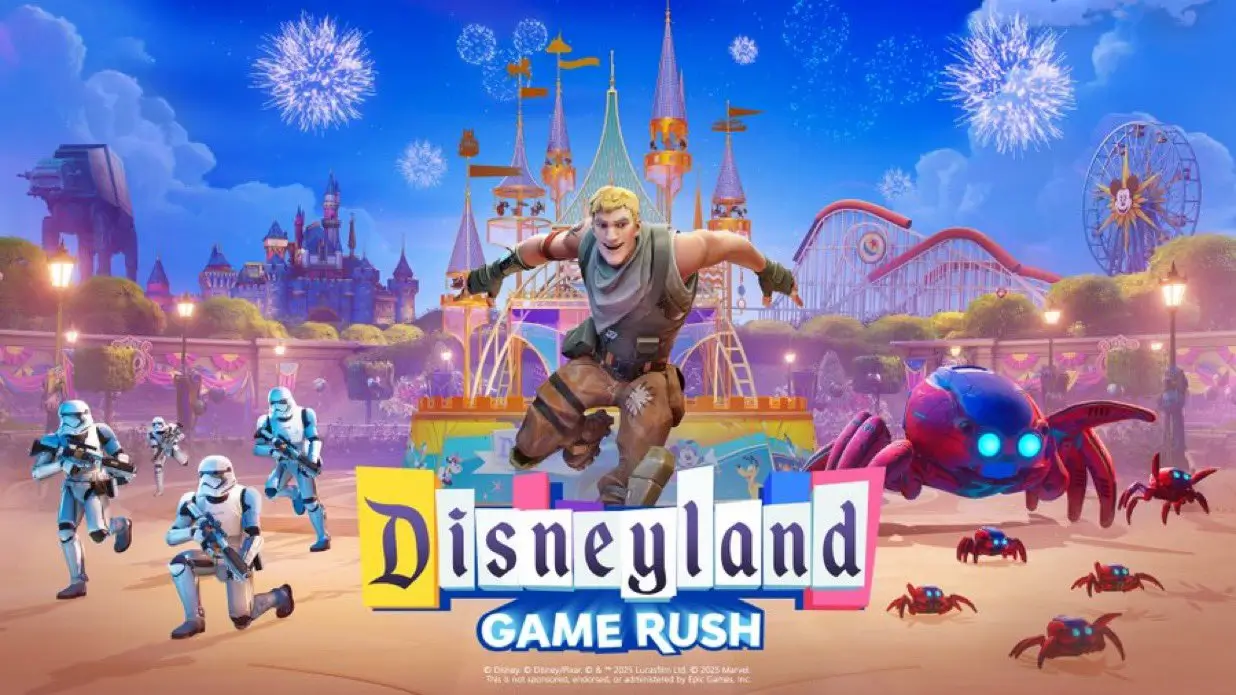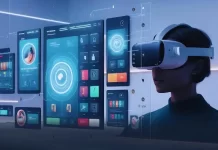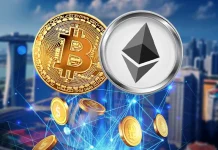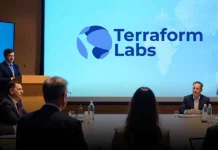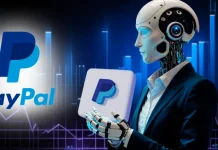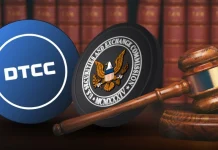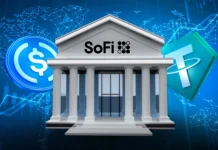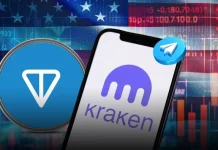
- Disneyland Game Rush launches Nov 6, turning iconic park rides into Fortnite adventures.
- The launch marks Disney’s $1.5B investment in Epic Games, expanding its digital entertainment reach.
- Seven Disneyland attractions return as interactive metaverse minigames inside Fortnite.
Disney is turning its theme park magic into pixels. According to reports, beginning November 6 at 8 AM PT / 11 AM ET, Disneyland Game Rush is set to open inside Fortnite, bringing the Disneyland Resort’s 70-year legacy into an interactive online world.
The new experience arrives nine months after Disney confirmed a $1.5 billion investment in Epic Games, the developer behind Fortnite. This marks the first project to emerge from that partnership and offers a preview of how the two companies intend to blend entertainment and gaming technology.
Disney and Fortnite Launch Metaverse Disneyland Game (Source: X)
Instead of battle arenas or elimination rounds, Disneyland Game Rush invites players to explore a virtual park filled with rides, puzzles, and collectibles modeled after Disneyland’s most recognizable attractions. The design mirrors the esplanade connecting Disneyland and Disney California Adventure, complete with music, lighting cues, and trivia stations that echo the real park’s atmosphere.
Classic Attractions Re-Created as Playable Worlds
Each activity inside Game Rush draws from a different corner of the Anaheim resort. Players can:
- Face the First Order in Star Wars: Stormtrooper Showdown, inspired by Rise of the Resistance.
- Blast robot spiders in WEB-Slingers: Spider-Bot Blasters, echoing the Avengers Campus ride.
- Grind through orbiting rails in Space Mountain: Rocket Race.
- Sneak past guards in Guardians of the Galaxy: Mission Sneak Out.
- Hunt hidden coins in Haunted Mansion: Scavenger Haunt.
- Sprint through booby traps in Indiana Jones: Tomb Runner.
- Scale icy slopes in Matterhorn: Slip-and-Climb.
Up to a dozen players can join each match, collecting coins and searching for the “Disneyland Key,” which unlocks limited in-island cosmetic rewards. The visuals borrow voices, music, and props from the original rides, giving longtime visitors a sense of place that feels familiar despite the digital setting.
Inside Disney’s Digital Strategy
When Disney first revealed its stake in Epic Games, executives described plans for a “persistent universe” connecting its stories and characters under one digital roof. Disneyland Game Rush is the first working example of that concept.
Epic’s Executive Vice President, Saxs Persson, said the partnership was built around the idea of “a persistent place where all things Disney can live” inside Fortnite’s ecosystem. The company’s approach allows Disney to control its brand presentation while still tapping into Fortnite’s enormous audience, now estimated at more than half a billion registered players.
Rewards earned in the Disneyland island stay within that world, ensuring Disney maintains ownership of its digital assets. The limited-time format also gives both firms a chance to measure how players respond to a self-contained branded space.
A Glimpse of the Future Metaverse
Analysts view this launch as an early case study in how large media companies might navigate the metaverse without building entire platforms from scratch. By embedding its content inside Fortnite’s framework, Disney avoids the costly trial-and-error that has slowed other metaverse ventures while gaining real-time insight into player behavior.
For Epic Games, the collaboration turns Fortnite into something larger than a game, a functioning hub where established brands can test social, creative, and commercial ideas at scale.
Industry observers suggest that the Game Rush model could influence future digital projects across entertainment. Instead of constructing isolated virtual worlds, studios may opt for controlled “sub-worlds” hosted on existing platforms where audiences already spend their time.
Outlook: How This Shapes the Metaverse
Disney’s entry into Fortnite may be temporary, but its implications are lasting. The project shows that immersive brand spaces can thrive inside shared ecosystems when design, storytelling, and community come together naturally.
If player engagement remains high, Disneyland Game Rush could become the template for future entertainment tie-ins—proof that the next generation of the metaverse may not depend on new worlds at all, but on how seamlessly old favorites adapt to the digital ones we already visit.
